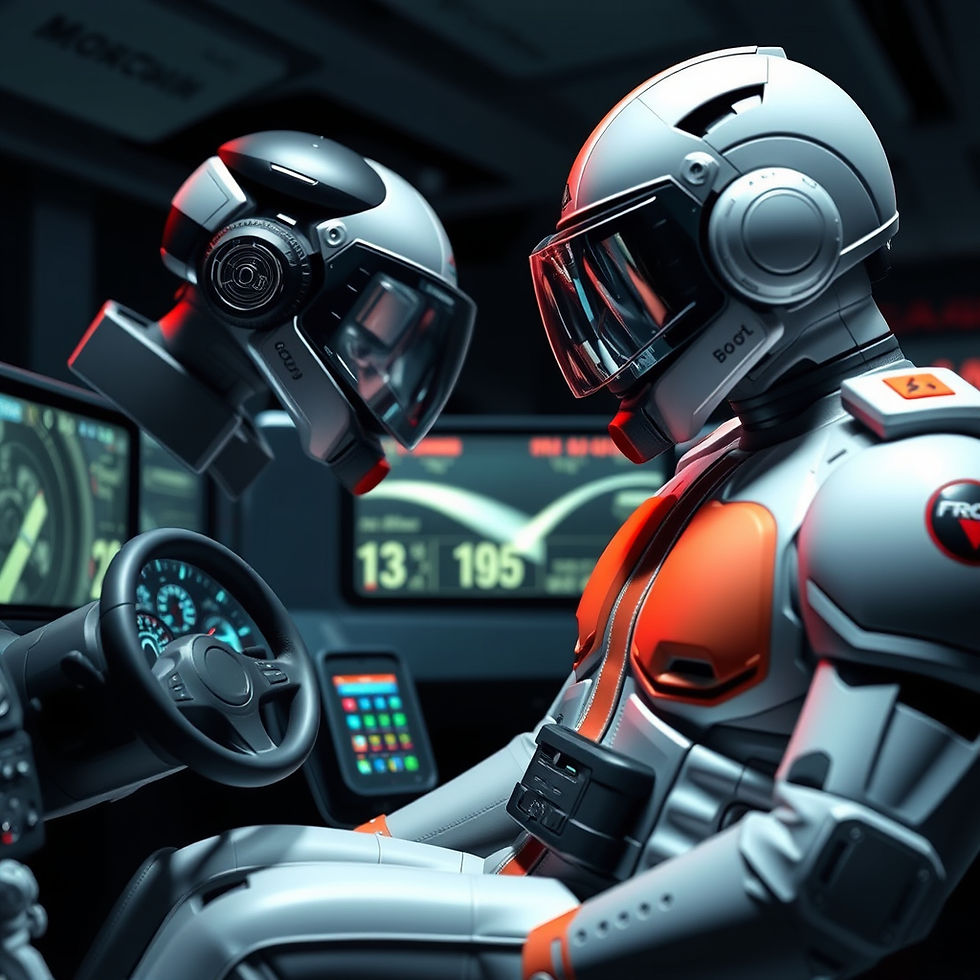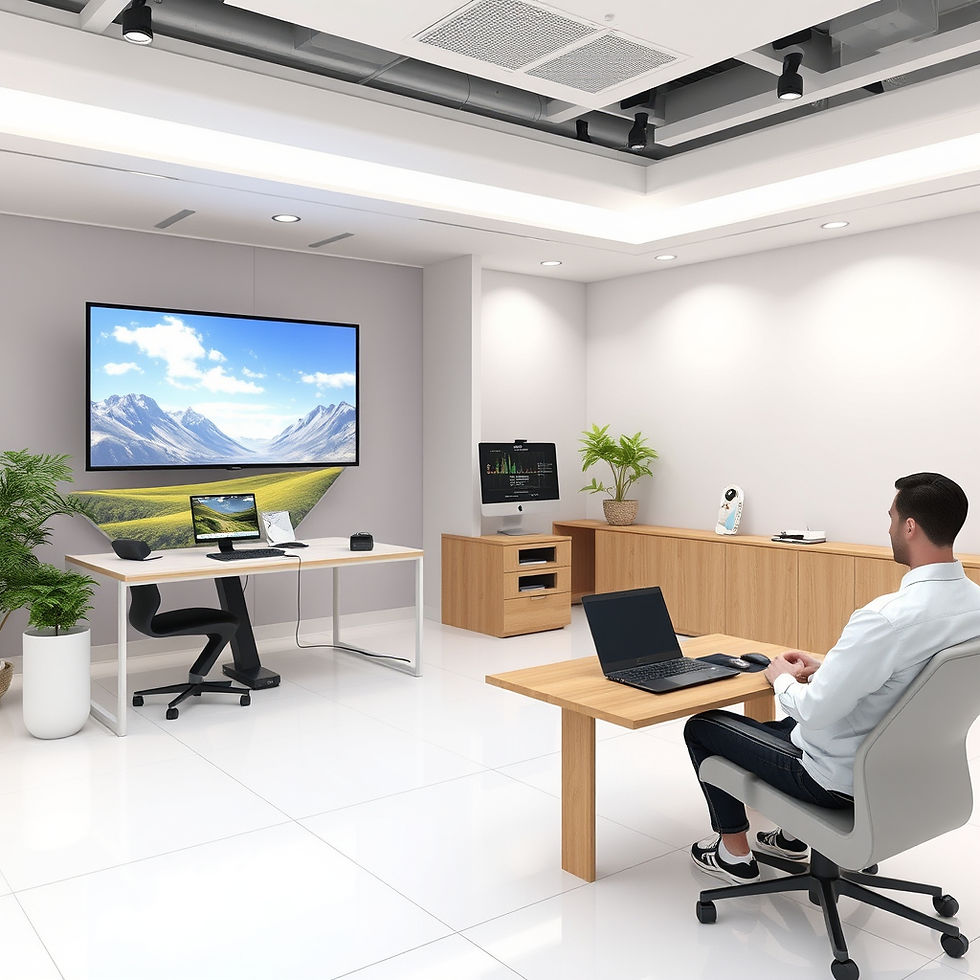Why Realism Matters in 3D Training Simulations
- Geniuscrate

- Jul 30
- 2 min read

When it comes to training simulations, visuals aren’t just for show, rather they’re central to the effectiveness of the entire experience. A visually rich, realistic environment can bridge the gap between theory and real-world execution, making training not only more immersive but also more impactful.
So why does realism in 3D simulations matter so much? And how do you achieve it without overwhelming your system or your budget?
What Do We Mean by “Realism” in Simulations?
Realism in a training simulation refers to how closely the digital experience replicates real-world conditions, both visually and behaviorally. This includes:
Accurate 3D models and environments
Natural lighting and shadows
Realistic physics and material responses
Human-like animations and behaviors
Sound design that reflects the environment
The more “believable” the simulation feels, the more easily users suspend disbelief, and this is key for immersive learning.
Why Realism Is Crucial for Learning Outcomes
Improved Knowledge Retention: Studies show that realistic simulations enhance memory recall, especially for complex tasks that require spatial awareness or muscle memory.
Faster Skill Transfer: When users train in environments that mirror their actual job, on-the-ground performance improves significantly.
Increased Engagement: Realism boosts emotional and cognitive investment, leading to better attention and focus during training.
Higher Training ROI: The more accurate the environment, the fewer surprises in real-life execution, in turn reducing mistakes and costs.
Common Pitfalls in Simulated Realism
While everyone aims for realism, not all simulations succeed. Here’s why:
Overuse of visual effects that strain performance
Generic assets that don’t match the training context
Unnatural character movements that break immersion
Poor optimization that causes lag or glitches
True realism isn’t about overloading your scene, it’s actually about purposeful, and contextual detail.
How GeniusCrate Nails Realism in Every Project
At GeniusCrate, realism isn’t just a visual goal, but it’s a functional requirement. Our pipeline combines:
Photorealistic 3D modeling using Maya and Blender
High-resolution textures crafted in Substance Painter
Engine-specific optimizations in Unreal Engine or Unity
Real-world physics simulations for believable movement and interaction
Motion capture animation for lifelike human behavior
Whether you’re simulating a factory floor, a military base, or a disaster-response drill, our team makes sure the simulation feels, and functions, just like the real thing.
Balancing Realism and Performance
One of the biggest challenges in creating realistic simulations is keeping them smooth and responsive. That’s why we:
Use Level of Detail (LOD) models for scalable rendering
Apply texture compression and baking to reduce load
Optimize scene geometry without losing fidelity
Choose the right render pipeline based on your platform
The result? A visually stunning simulation that runs seamlessly on the hardware you choose, ranging from VR headsets to desktop setups.
Conclusion: Realism Isn't Optional; It’s Essential
If you want users to take your simulation seriously, you need to earn their trust with realism. From lighting to interaction, every detail matters. When done right, realism doesn’t just make training beautiful, but it makes it effective.
Want to create a hyper-realistic training environment? Partner with GeniusCrate. We build worlds that feel like reality, and train people for it.



Comments